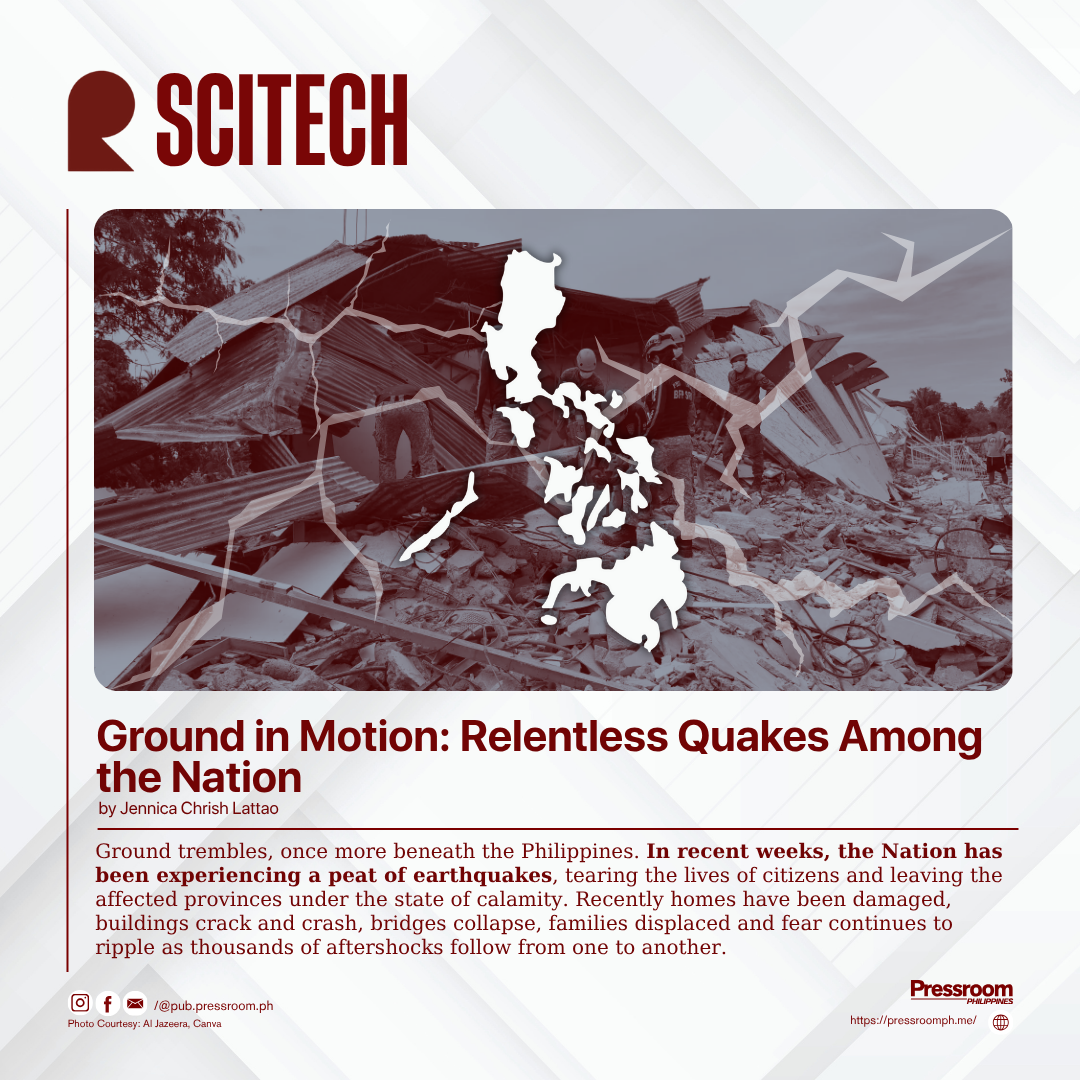Hidden in the heart of Mindanao lies one of the Philippines’ greatest ecological treasures, the Agusan Marsh Wildlife Sanctuary. The marsh unfolds like a living kingdom of water, home to floating villages, flooded forests, and vast waterways that mirror the skies above.
Beyond its natural beauty, Agusan Marsh serves as a vital lifeline for both the planet and the people who call it home, the Manobo, one of Mindanao’s Lumad groups. For them, the marsh is more than land or water; it is their promised land, the heart of their identity, livelihood, and culture.
Scientifically, Agusan Marsh is a masterpiece of ecology and hydrology. It forms part of the Agusan River Basin, acting as a natural sponge that absorbs floodwaters during the rainy season and slowly releases them during dry months. This process protects downstream towns from flooding and sustains agricultural and domestic water supplies across the region. Within its expanse lies the Caimpugan Peat Swamp Forest, one of the few remaining intact peatlands in the Philippines.
According to the Department of Environment and Natural Resources (DENR) and United Nations Educational, Scientific and Cultural Organization (UNESCO), the Caimpugan Peat Swamp covers about 5,487 hectares and stores an estimated 22.9 million metric tons of carbon, making it one of the most carbon-dense ecosystems in the country. Peatlands occupy only about three percent of the Earth’s land area, yet they store roughly one-third of the world’s soil carbon, making Agusan Marsh an important defense against climate change.
The Marsh is also home to more than 200 species of birds, including migratory species from as far as Siberia, and a wide variety of fish, reptiles, and amphibians. Many of these species are endemic to Mindanao, making Agusan Marsh one of the most biologically diverse wetlands in Southeast Asia.
For the Agusan Manobo, the Marsh is not merely an ecosystem but a home shaped by the rhythm of the water. Many families live in floating or stilt houses that rise and fall with the flood levels, reflecting their deep understanding of nature’s cycles. Their lives revolve around fishing, gathering aquatic plants, and performing rituals that honor the spirits believed to dwell in trees, rivers, and lakes. Every ebb and flow of water dictates their livelihood, stories, and traditions. To lose the Marsh would be to lose a part of who they are.
Yet this sacred land faces growing threats. The expansion of plantations for palm oil, rice, and corn, along with illegal logging, drainage of peatlands, and pollution from nearby settlements, has disrupted the marsh’s delicate balance. Climate change has also brought erratic floods and longer dry seasons, altering the natural patterns that the Lumads have followed for generations.
Environmental studies and conservation reports warn that some portions of the Marsh are showing signs of degradation caused by fires, siltation, and human activity, putting both biodiversity and carbon storage at risk. Despite its protected status, the inconsistent enforcement of environmental laws leaves the Marsh vulnerable to exploitation and neglect.
Legally, Agusan Marsh is safeguarded under several laws and international agreements. It was declared a protected Area through Proclamation No. 913 in 1996 under the National Integrated Protected Areas System (NIPAS) Act and later strengthened by the Expanded NIPAS Act of 2018. It is also recognized internationally as a Ramsar Wetland of International Importance, designated in 1999 as Ramsar Site No. 1009, and is currently included on the UNESCO Tentative List for World Heritage Site nomination.
Beyond environmental protection, the Indigenous Peoples’ Rights Act of 1997 (IPRA) granted Certificates of Ancestral Domain Title (CADT) to the Manobo people, legally acknowledging their right to manage and protect their ancestral lands according to their customs and traditions. However, balancing indigenous practices with conservation policies remains a challenge, as both seek to preserve the same land in different ways.
Amid these struggles, hope persists. Conservationists, local officials, and indigenous leaders are now working together to protect this living sanctuary. Community-based eco-tourism in floating villages provides sustainable income while promoting awareness of the marsh’s ecological importance. Peatland restoration projects and rewetting efforts aim to recover degraded areas, restoring lost carbon sinks and wildlife habitats. Through these collaborative efforts, science and tradition unite in defense of a shared heritage.
In the end, Agusan Marsh is not merely a swamp or a sanctuary, it is a living symbol of coexistence between nature and humanity. For the Lumads, it is their promised land, a sacred space of sustenance and spirit. For scientists, it is a key to climate resilience and biodiversity. And for all Filipinos, it is a reminder that true progress must not come at the expense of the environments and peoples that sustain us. The challenge now is to ensure that this promise of life, harmony, and resilience endures for generations to come.





